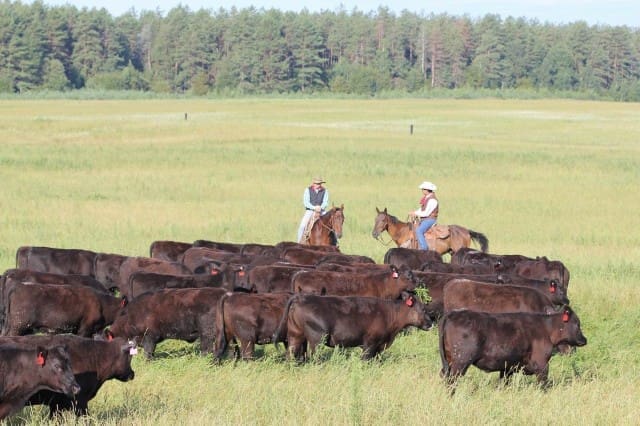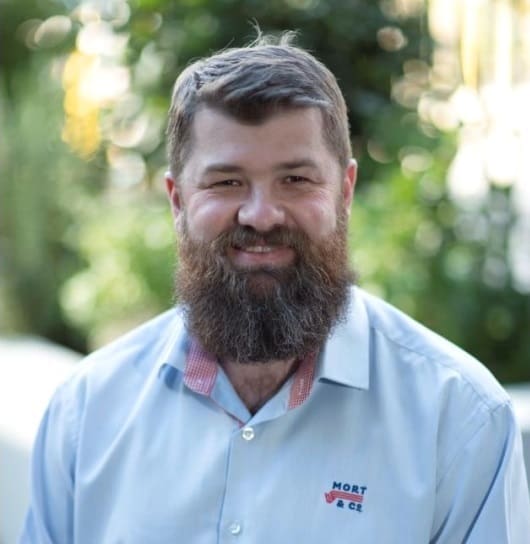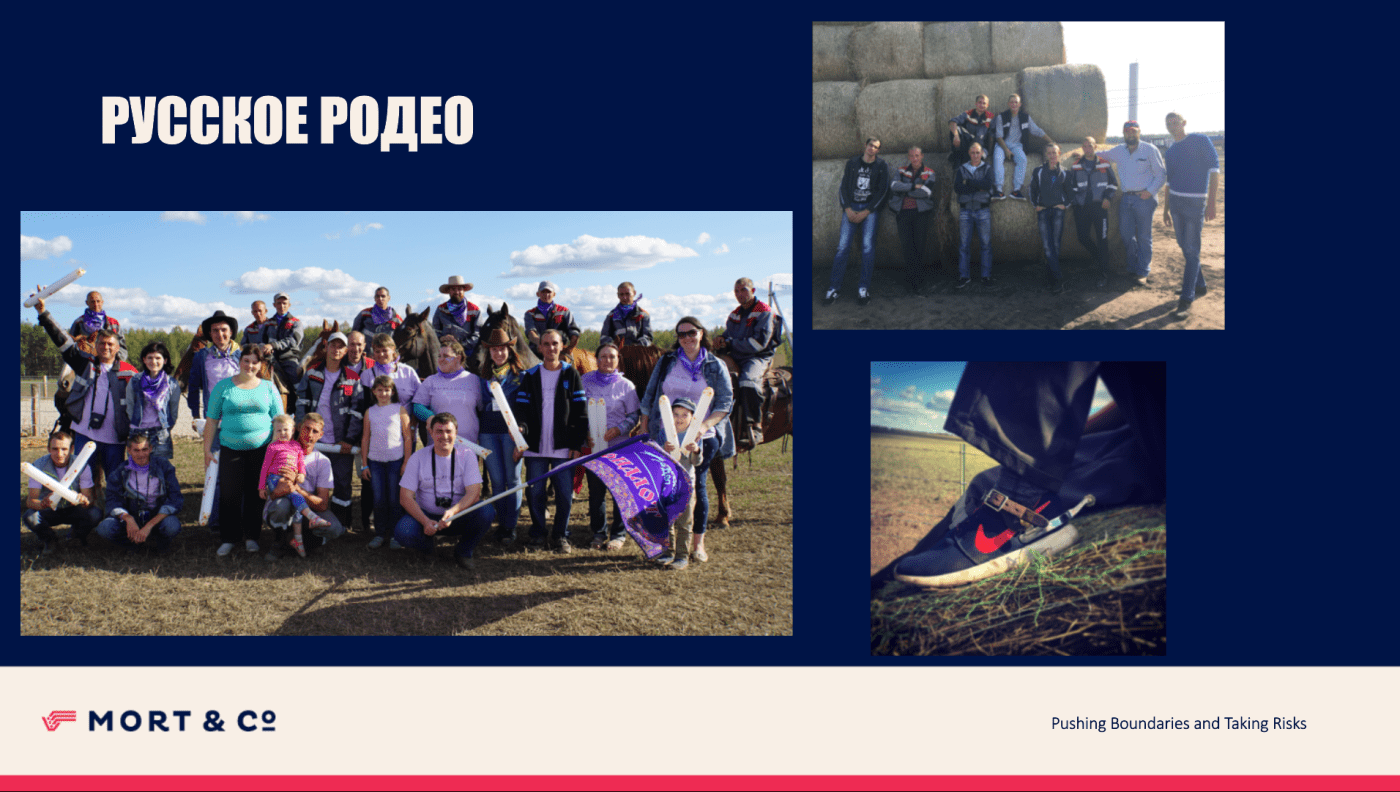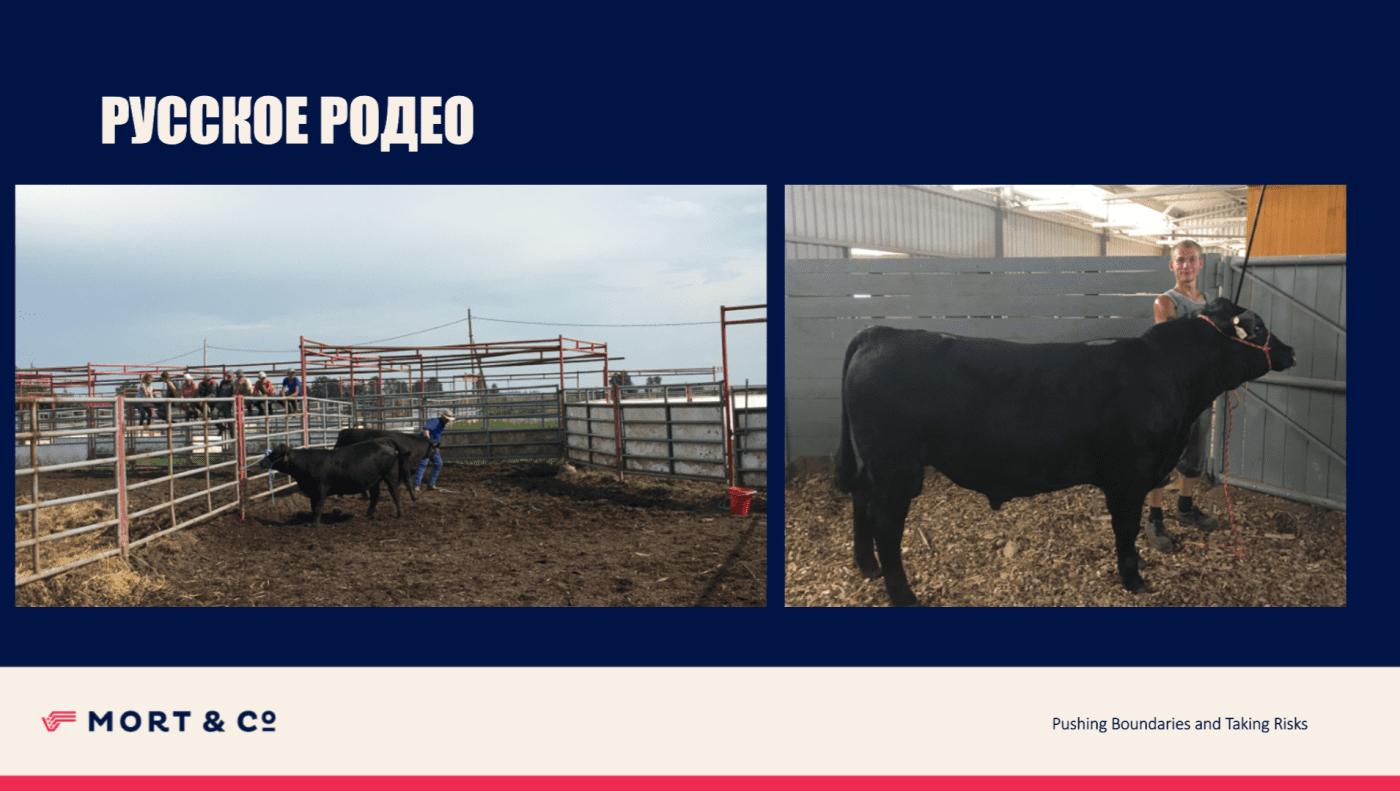STUDENTS and young industry stakeholders have been given a rare insight into the rapid development of one of the world’s lesser-known beef industries – Russia.
Brad Robinson gave a room of current and recently graduated university students at the Intercollegiate Meat Judging conference in Rockhampton a run through his career trajectory and how experiences working overseas helped bring knowledge back to the Australian industry.
He and his wife Hayley met in the US before working in feedlots across the Darling Downs and on to spending two years helping develop two large-scale feedlots in Russia.
“When we moved there, the company we worked for had a 40,000 head feedlot and were building another one. By the time we left they had 90,000 head on feed,” Mr Robinson said.
“The business itself was a fully integrated supply chain. When we left the business in 2016, it had a heard of about 400,000 breeders.”
Russian beef development continuing
The feedlot the Robinsons were working for was near the border of war-torn Ukraine.
Asked how the operations have been impacted by Russia’s invasion of Ukraine, Mr Robinson said he was still in touch with the people from the feedlot and development was continuing.
“The business has been impacted by the war. It borders Ukraine and there are villages around the feedlot that have been impacted by the war,” he said.
“But overall, the business has continued to grow.”
Russia’s decades of development
In the mid-2000s, the Russian Government made a concerted effort to rebuild the country’s beef industry – which had largely collapsed after the finish of the Soviet Union.
“They had basically eaten themselves out of beef and were almost completely reliant on dairy beef to supply their population,” Mr Robinson said.
With a similar climate to northern parts of America and Canada, the Russian beef industry followed the US model of beef production – building feedlots and abattoirs and establishing breeding programs.
They called on expertise and genetics from across the world.
Companies, including Miratorg and Primebeef, imported hundreds of thousands of Angus breeding and feeder cattle from the across the world. Between 2010 and 2015, live export boats sporadically headed from Australia to Russia.
“The business I was with imported about 200,000 Angus heifers from Australia and the US from 2009 to 2014,” he said.
“When we first moved there, you could only buy chunks of frozen beef from the supermarkets and it was indescribable what cuts you were getting. By the time we left, there were recognisable cuts available on the shelf at everyday supermarkets.”
Bringing a cattle culture to Russia
Part of the reason for developing a Russian cattle industry was to provide an economic benefit to the areas hosting it – which Mr Robinson said were mostly underdeveloped and the people were poor.
“Technology wise, we had better internet than we have here in Australia. Everyone had smart phones but they probably didn’t have running water in their homes,” he said.
“The team and the people we met were great people, the Russians have a similar sense of humour to us.”
With so much US input into the business, the company had a vision of the area being similar to ‘great American west’ and decided to start a rodeo – with teams from each part of the supply chain participating.
Mr Robinson showed the below photos to demonstrate how a Russian cowboy dressed.
After being roped into rodeo, which was not an area of expertise, Mr Robinson decided to introduce cattle showing.
“I wanted to bring something different for the Russians to learn other than roping and get them to interact with the cattle more,” he said.
Mr Robinson began looking for good quality heifers and bulls and breaking them in to put on display during the rodeo event.
With a ski pole being the only tool resembling a show cattle stick, Mr Robinson gave the Russians a demonstration on how it worked. He said the first demonstration was met with blank expressions, with the Russians unsure what he was doing.
Eventually he was able to give a rough idea of how it worked and set up an event to run alongside the company rodeo.
“About 10,000 people turn up to this event and we had to set it up ourselves because the Russians didn’t really know what we were doing,” he said.
“It was really rewarding to be able to see the Russians looking after this side of the industry and learning more about interacting with the cattle.”
Learning from the Russian experience
While travel has been a big part of the Robinsons’ careers, they have continued to be drawn back to Australia’s biggest lotfeeding area, the Darling Downs.
Mr Robinson said the overseas roles provided a great opportunity to learn and help improve the Australian beef industry. In the case of the Russian experience, it was dealing with mud.
“From there we were bedding cattle down from September through to April each year,” he said.
“We are starting to do some more things around wet weather in Australia, especially with the bedding management.
“We also trialled some different shed designs to minimise dags on cattle, which is also work we are now looking at in Australia.”
Mr Robinson said the rapid development of the Russian industry was another learning experience and gave good insight into what Australia’s competitors are doing.







HAVE YOUR SAY